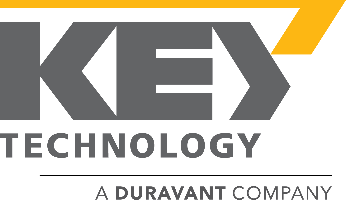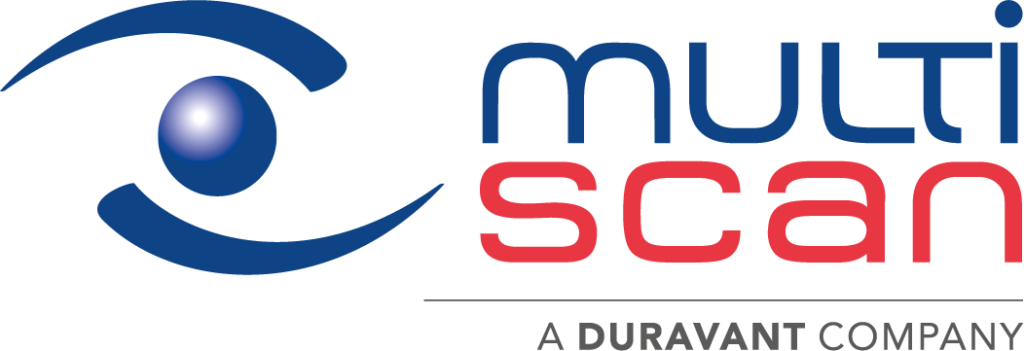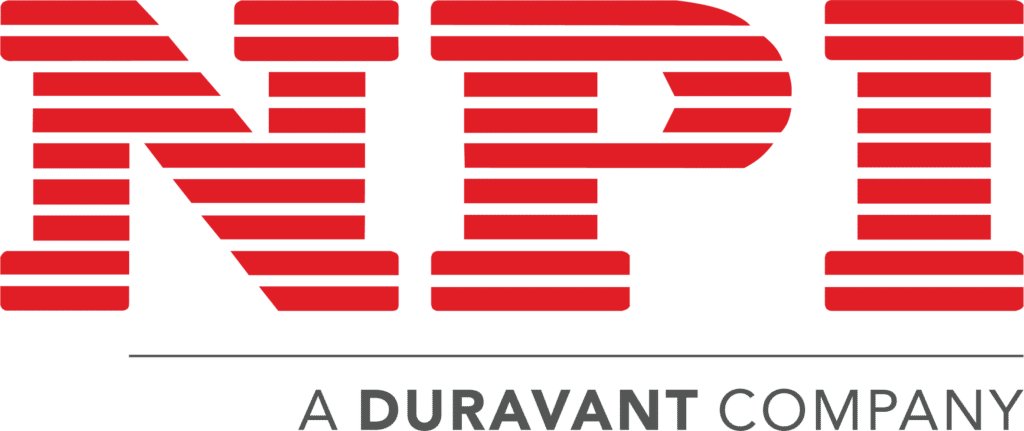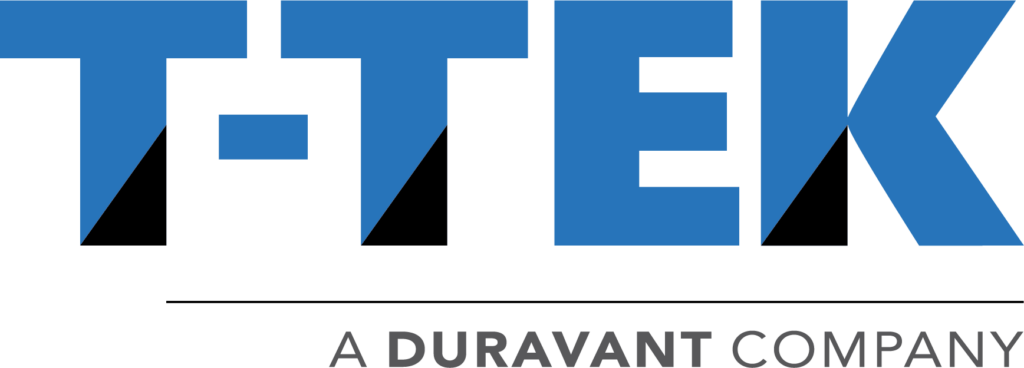The Duravant family of operating companies serve the food processing, packaging and material handling segments.
How Artificial Intelligence in Warehouse Operations Is Revolutionizing the Loading Dock
24/07/2025
Artificial intelligence is gaining ground in manufacturing, logistics, and warehousing operations. While the term sounds futuristic and complex, AI is a fundamentally simple concept: It’s the use of technology to mimic specific aspects of human intelligence.
These aspects are both focused and narrow. They’re not the AI of movies and television, capable of independent thought and action on par with their human creators. Instead, AI tools use what are known as machine learning (ML) algorithms to understand a concept or task and improve the performance of that task over time.
In the loading docks of warehouses and distribution centers, AI has the potential to prevent conveyor breakdowns, improve dock flow, and make processes safer.
Curious about artificial intelligence in warehouse management operations? In this article, we’ll address why loading docks are often left out of the AI conversation, explore some of the top benefits of AI for dock environments, discuss what separates AI from regular automation, and offer advice for making the move to intelligent docking systems.
Why the Loading Dock Has Been Slow to Adopt AI
First-generation AI worked best in structured situations. For example, if companies had multiple data sources in the cloud and on-prem, AI was a great way to connect the dots on this data and find common trends. Chatbots are another example. In their first iteration, these bots could understand and answer simple questions, but even slightly more complicated queries required human oversight.
As technology improved, AI-enabled tools made their way into areas such as picking and storage. Either as part of software or loaded onto robotic picking and storage tools, AI helped organizations optimize warehouse space and reduce the time between picking requests and item arrivals.
Loading docks, however, are inherently unpredictable. Many have small or oddly shaped warehouse layouts and must accommodate staff carrying out multiple tasks such as item verification, packing, and loading. Docks also see constant movement as trucks and drivers arrive, unload, reload, and depart.
The result is an ever-changing scenario that doesn’t lend itself to simple rule sets and minor adjustments. Any AI used in loading docks must not only understand the basics of order picking, packaging, and loading/unloading but must also be capable of reacting in real-time as situations change.
Consider an AI tool designed to optimize product loading order. Based on current orders and truck schedules, the tool creates a plan to streamline loading and unloading trucks to reduce potential risk.
Two hours into a typical shift, however, there’s a change in truck arrival times. An hour later, two orders are flagged due to damaged inventory. Humans have experience adapting to these situations. While it may take time, staff will figure out ways to complete every task and get orders out the door.
Early-stage AI tools, however, often lacked the content and context necessary to make these inventory management decisions. In a best-case scenario, orders take longer than usual to pack and ship. In the worst case, goods are damaged or staff are injured.
Advancements in AI make it possible for intelligent solutions to handle changing environments. From the development of AI-specific neural processing units (NPUs) to improved ML and AI algorithms and the evolution of generative AI technology, artificial intelligence is now poised to revolutionize the loading dock.
How AI Helps Predict and Prevent Conveyor Breakdowns
AI can help reduce the risk of conveyor breakdowns with predictive analytics and maintenance. Predictive maintenance is the practice of using collected data to analyze the current and past performance of machinery such as conveyor belts. This analysis helps pinpoint trends that indicate the need for repair or parts replacement.
Intelligent tools streamline this process. First, they collect data from vibration, temperature, pressure, motor strain, and other sensors. Then, this data is compared to both standard operating values and historic machine data to discover a pattern. This allows companies to track the risk of failure in real-time and take action ASAP.
In practice, this reduces both total downtime and the costs to maintain loading dock systems over time. Consider a conveyor system showing subtle signs of wear and tear. Left unattended, the system abruptly fails while handling a volume of orders. The result is a dual problem: immediate downtime that costs companies money, followed by expensive repairs that require more spending.
Using AI, meanwhile, businesses can detect potential problems before they happen and take steps to proactively repair conveyors or replace damaged parts.
How AI Can Improve Load Flow and Dock Scheduling
AI also improves load flow and dock scheduling. Common bottlenecks for companies include loading docks and parcel handling facilities. If too many items arrive on conveyors simultaneously, loading and departure times are increased. If picking tools can’t find the items they need, or if conflicting assignments cause collisions or interrupted, meanwhile, the result is trucks waiting for goods while the loading dock is empty.
AI systems can optimize loading orders and dock assignments based on data such as load size, destination, and urgency. Paired with picking tools and conveyors, AI can reduce the risk of sudden bottlenecks or slowdowns that negatively impact performance.
There’s also a case for using AI to improve trailer utilization. Consider a standard semi-truck trailer that is 72’ x 8.5’ x 13.5’ and can carry up to 80,000 pounds. More efficient packing improves delivery ROI, while items left behind cost the company money.
AI is ideally suited to this type of spatial puzzle. By providing tools with tractor-trailer and item dimensions, AI solutions can calculate the loading approach that results in the lowest amount of wasted space.
Using AI to Make the Loading Dock Safer
Locking docks come with safety risks. Small spaces plus large items plus staff in constant motion create the perfect storm for slip, trip, and fall injuries. Conveyors in these spaces help streamline product packaging but pose the risk of pinch or shear injuries.
AI tools can analyze operations in real-time and detect potential warehouse safety hazards. For example, intelligent solutions can spot overcrowding in docking or packing areas and identify trucks or conveyors that have been overloaded. They can also detect unsafe actions, such as staff riding or climbing on conveyors.
Of course, detection is only effective when paired with action. These same tools can be configured to send safety alerts to warehouse managers or automatically slow down systems if they detect risk. Both are helpful in meeting compliance regulations for operations and maintenance, such as OSHA 1910.147, and to streamline safety audits.
What Makes AI Different From Regular Automation
Warehouse automation is now commonplace. Automated tools follow specific rules to improve operational efficiency. Picking tools can be automated. They can be programmed to take items from a specific location and deposit them on a conveyor belt. This saves companies time and money because the tools aren’t prone to making mistakes; instead, they carry out the same process over and over, and over.
Warehouse AI enables operational autonomy. Autonomous systems are automated but can also improve on this automation by using data. This is because AI tools learn over time by examining data, finding patterns, and then comparing current performance to previous efforts.
Consider the picking tool example above. Instead of simply running the same route over and over, AI analyzes this route for more efficient alternatives. Over time, it changes the path to reduce the amount of time required to complete pick up, drop off, and return.
Can You Add AI to Existing Conveyor Systems?
In many cases, yes. This starts by adding sensors, cameras, and controllers to your system. Next, you need AI software capable of collecting data from these solutions and carrying out in-depth analysis. Finally, you need to test the system to ensure results are accurate and actionable.
It’s also possible to fully replace your conveyor system, but it involves time, effort, and most importantly, cost. In many cases, it’s more cost-effective to retrofit current systems than fully replace conveyors.
What to Look for in AI-Ready Conveyor Equipment
If your current conveyor equipment isn’t set up for retrofitting or if it has reached its end-of-life, it’s worth considering new solutions that are AI-ready. Here are six things to look for in next-gen conveyors:
- Sensors — Conveyors should include sensors or provide housing and connectors for these sensors.
- Connectivity — Next-gen solutions should naturally support wireless and wired connectivity to help companies link conveyor tools with inventory levels and supply chain data.
- Modular design — Modular conveyor systems make it easier to carry out AI-recommended adjustments.
- Data compatibility — Solutions should support multiple data types for simple collection and analysis and be compatible with existing warehouse management systems.
- Future-proofing — Systems should be tech-agnostic to avoid lock-in and support ongoing updates.
- Ongoing vendor support — AI systems aren’t one-and-done. Look for vendors that offer ongoing support for functional issues, operational updates, and long-term improvements.
What’s Next for AI in Warehouse Operations
As AI continues to evolve, expect AI in warehouse operations to shift from analytics into real-time decision-making and autonomous adjustments. This sets the stage for loading docks that are safer, more efficient, and more cost-effective.
It also puts pressure on many companies to go all-in on implementing AI. They worry that if they don’t spend big on cameras, sensors, and software, they’ll be left behind. In practice, however, even simple upgrades can provide valuable data. For example, tracking packages and loading volumes over a month can help companies pinpoint where process changes could improve operations. The use of sensors to track wear-and-tear, meanwhile, lets businesses proactively maintain conveyors rather than spending on full replacements.
Bottom line? Staying competitive means exploring how AI can support safety, speed, and system reliability ASAP. Get in touch with our team to learn more.










